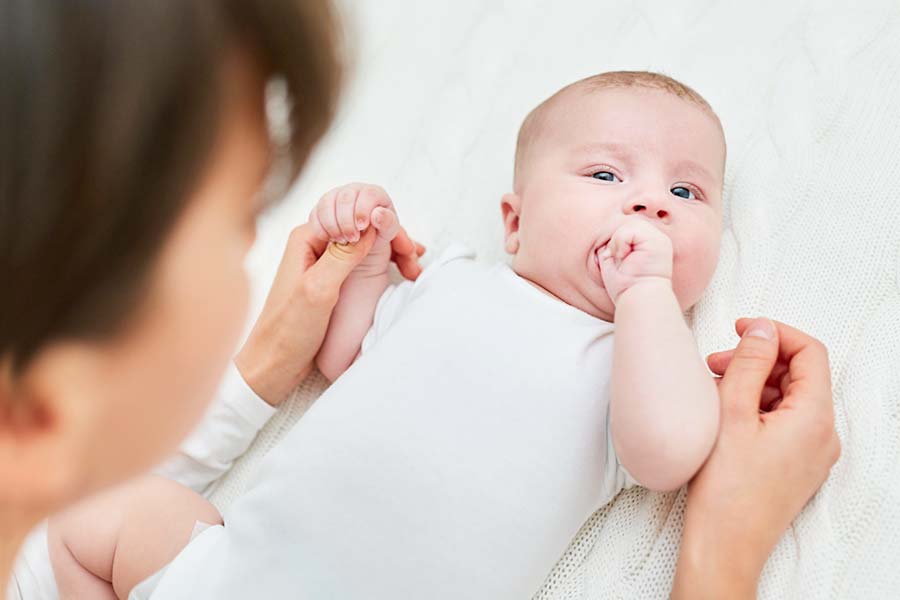Unlocking the Secrets of Infant Sleep: Signs Your Baby is Ready for Independent Sleep Strategies

As a sleep consultant, I often witness the incredible journey of babies as they blossom into little individuals, constantly exploring the world around them. One pivotal aspect of this journey is their newfound awareness and cognitive development, which can significantly impact their sleep patterns. In this article, we’ll explore the signs that indicate your baby is ready to take the next step toward self-soothing and the implementation of independent sleep strategies.
The Developmental Dance
Babies are remarkable learners, soaking in information like sponges from the moment they are born. As their cognitive abilities flourish, you might notice increased alertness, curiosity, and a growing awareness of their surroundings. This heightened awareness can sometimes lead to restlessness during sleep, as their minds are buzzing with newfound knowledge.
Signs Your Baby is Ready for Change
- Extended Wakefulness:
If your baby is staying awake for longer stretches, it could be a sign that their mind is eager to explore and engage. This increased wakefulness may indicate a readiness for more independent sleep. - Decreased Interest in Night Feedings:
As cognitive development progresses, some babies naturally begin to lose interest in nighttime feedings. This shift in feeding patterns suggests they are becoming more capable of self-soothing and may not rely on nursing or bottle-feeding as a primary source of comfort during the night. - Improved Motor Skills:
Watch for signs of improved motor skills, such as rolling over or reaching for objects. These developmental milestones indicate that your baby is gaining physical independence, and this newfound mobility can play a role in their ability to self-soothe. - Fussiness or Resistance to Sleep Props:
If your baby starts showing resistance to traditional sleep props like rocking, patting, or being held to sleep, it might be a cue that they are seeking more autonomy in their sleep routine.
Embracing Independent Sleep Strategies
- Establishing a Consistent Bedtime Routine:
Develop a soothing bedtime routine that signals to your baby that it’s time to wind down. This might include activities like gentle massages, soft lullabies, or dimming the lights. - Creating a Comfortable Sleep Environment:
Ensure that your baby’s sleep environment is conducive to rest. A comfortable mattress, soft bedding, and a room with a consistent, calming temperature can contribute to a peaceful night’s sleep. - Encouraging Self-Soothing Techniques:
Gradually introduce self-soothing techniques, such as placing a comforting object like a soft blanket or a favorite stuffed animal in the crib. This provides your baby with a source of comfort that doesn’t require your immediate presence. - Monitoring and Adjusting:
Pay close attention to your baby’s cues and adjust your approach as needed. Every baby is unique, so it’s essential to be flexible and responsive to their evolving needs.
Conclusion
Recognizing the signs that your baby is ready for more independent sleep strategies is a testament to their growth and development. By embracing these changes and gradually introducing new sleep routines, you can help your little one navigate the world of sleep with confidence and comfort. Remember, the journey to independent sleep is a gradual process, and with patience and understanding, both you and your baby can enjoy restful nights and peaceful slumbers.
– Sara




